The Soul of a Continent in Miniature: The Ultimate Guide to Collecting African Figurines
To hold a small, hand-carved figurine is to hold a story—a piece of cultural heritage, a moment of artistic expression, and a tangible link to the vast and diverse continent from which it came. For centuries, collectors have been captivated by the powerful forms, intricate details, and deep spiritual resonance of these objects. Today, the world of collecting African small figurines is more dynamic and accessible than ever, but it also presents new questions of authenticity, ethics, and value.
This isn’t just a hobby about acquiring objects; it’s about engaging with living traditions and supporting contemporary artists. The market has evolved beyond a simple appreciation for “tribal” artifacts. It now embraces a vibrant contemporary scene, a renewed focus on ethical sourcing, and a deeper understanding of the incredible craftsmanship passed down through generations.
Whether you are a seasoned collector looking to deepen your knowledge or a curious newcomer drawn to the beauty of a Shona stone sculpture or a Makonde carving, this guide will serve as your comprehensive map. We will journey through the different types of figurines, learn to distinguish genuine craftsmanship from mass-produced imitations, navigate the modern marketplace with an ethical mindset, and discover how to build a collection that is not only beautiful but also meaningful and respectful.
The Enduring Appeal: Why We Collect African Figurines
The magnetic pull of African figurines stems from their incredible diversity and depth. Each piece is a microcosm of a larger cultural world.
- Cultural Significance: Many traditional figures are not merely decorative. They are functional objects imbued with meaning, used in rituals, ceremonies, and storytelling. They can represent ancestors, spirits, or deities, acting as conduits between the physical and spiritual worlds.
- Aesthetic Power: From the elegant, elongated forms of the Senufo people to the powerful, abstract shapes of the Fang reliquaries, the stylistic range is breathtaking. African art has famously influenced Western modernists like Picasso and Modigliani, a testament to its raw, expressive power.
- Mastery of Material: African artisans are masters of their chosen medium. The warmth and grain of hand-carved ebony, the cool, smooth weight of a serpentine stone sculpture, and the intricate detail of a lost-wax bronze casting all speak to a deep, generational understanding of materials.
A Collector’s Typology: Understanding the Main Categories
Your collecting journey will likely lead you down one or more of these fascinating paths. Each offers a unique window into the artistic traditions of the continent.
1. Traditional and Tribal Figures
These are often what people first envision when thinking of African art. They are tied to the specific customs and beliefs of hundreds of distinct ethnic groups. While it’s impossible to cover all of them, some notable examples include:
- Yoruba Figures (Nigeria): Famous for their Ibeji twin figures, which are created to house the spirit of a deceased twin, and their intricate beaded crowns and sculptures.
- Asante Figures (Ghana): Known for their Akuaba dolls, disc-headed wooden figures traditionally carried by women hoping to conceive a child.
- Makonde Carvings (Tanzania/Mozambique): Renowned for their “Shetani” (spirit) carvings from African blackwood (ebony), often featuring surreal, intertwined figures that represent the complex world of spirits.
- Fang Reliquary Figures (Gabon/Equatorial Guinea): Striking, stylized figures that were traditionally placed on top of containers holding the skulls and bones of important ancestors.
2. African Wildlife and Animal Carvings
Animal figures are perhaps the most accessible and widely popular category. They celebrate the continent’s majestic fauna and are often imbued with symbolic meaning.
- The “Big Five”: Carvings of the lion, leopard, elephant, rhinoceros, and Cape buffalo are perennial favorites. Elephants often symbolize strength and wisdom, while lions represent courage and royalty.
- Giraffes and Zebras: Their elegant forms and striking patterns make them popular subjects, showcasing the carver’s skill in capturing grace and movement.
- Symbolic Animals: Chameleons, tortoises, and various birds often play roles in traditional folklore and mythology, representing creation, wisdom, or communication with the spirit world.
3. Contemporary and Shona Stone Sculpture
One of the most exciting areas of the market today is contemporary African art. This includes modern interpretations of traditional themes and the globally acclaimed Shona sculpture movement from Zimbabwe.
- Shona Sculpture (Zimbabwe): Emerging in the mid-20th century, this art form involves carving expressive, often abstract or semi-abstract figures from various types of local stone, such as soapstone, serpentine, and springstone. The pieces are known for their highly polished, smooth surfaces and flowing lines, often depicting family bonds, spiritual concepts, or transformations between human and animal forms. Artists like Dominic Benhura and the late Henry Munyaradzi have achieved international fame.
The Authenticity Checklist: How to Spot a Genuine Handcrafted Figure
As the market has grown, so has the proliferation of mass-produced fakes, often made in factories and artificially aged to deceive tourists and new collectors. Honing your eye to spot the difference is a crucial skill.
1. Price and Provenance:
- Too Cheap to Be True: A genuinely handcrafted figurine takes days or weeks to create. If a detailed “ebony” statue is being sold for the equivalent of a few dollars, it’s almost certainly a fake made of painted soft wood or resin.
- Know the Source: The best way to ensure authenticity is to buy from a reputable source. This could be a specialized gallery, a fair-trade organization, or directly from a known artist or cooperative. Ask the seller about the artist, the specific ethnic group (if traditional), and the origin of the piece. A passionate, legitimate seller will have this information.
2. Examine the Material and Craftsmanship:
- Tool Marks: A genuinely hand-carved piece will show subtle evidence of the tools used—the small, uneven facets from a knife or chisel. Mass-produced items often have a uniform, machine-sanded smoothness or repetitive, artificial texture.
- Wood Type and Weight: Real African blackwood (ebony) is incredibly dense and heavy. A common trick is to use a light, cheap wood and cover it in black shoe polish. If it feels too light for its size, or if the “finish” rubs off or smells of chemicals, be wary.
- Symmetry and Form: Handcrafted art is rarely perfectly symmetrical. Slight imperfections and asymmetries are signs of the human hand at work and add to the piece’s character. A factory-made item will often be unnervingly perfect.
3. Signs of Age (Patina):
- Genuine Patina: Authentic antique pieces develop a patina from decades of handling, use in ceremonies (which may involve oils or sacrificial materials), and exposure to the environment. This luster is deep within the wood’s surface.
- Artificial Aging: Fakes are often artificially aged by being covered in mud, paint, or stain and then wiped off, leaving residue in the crevices. This looks superficial and can often be scratched off with a fingernail.
Ethical Collecting : A Conscious Approach
The conversation around collecting has rightfully shifted to include a strong focus on ethics. Modern collectors have a responsibility to ensure their passion benefits, rather than exploits, the artists and their communities.
- Fair Trade is Key: Seek out sellers who are certified members of fair-trade organizations or who can demonstrate that they pay their artists a fair, living wage. This ensures the money goes back to the creators and supports the continuation of their craft.
- Support Contemporary Artists: Instead of focusing solely on antique “tribal” art (which can have a murky history), actively collect works from living artists. This directly contributes to their livelihood and the evolution of their art form.
- Be Wary of Antiquities: Be extremely cautious when dealing with items presented as genuine antiques. The market is fraught with fakes, and there are serious legal and ethical issues surrounding the provenance and potential looting of cultural heritage. Unless you are an expert working with a highly reputable dealer, focusing on vintage (20th century) and contemporary pieces is a safer and more ethical approach.
- Cultural Appreciation, Not Appropriation: Educate yourself about the pieces you collect. Understand their original context and meaning. Display them with respect. The goal is to be a custodian of a piece of art, not just a consumer.
Where to Build Your Collection: Navigating the Marketplace
- Specialized Online Galleries: Many online galleries now specialize in authentic African art. They often have direct relationships with artists and cooperatives and can provide detailed information and certificates of authenticity.
- Artisan Platforms (e.g., Etsy): Platforms like Etsy can be a fantastic way to buy directly from African artists or small, fair-trade businesses. Read reviews and communicate with the seller to ensure you’re comfortable with their practices.
- Reputable Antique and Art Dealers: For high-end or vintage pieces, a well-established dealer with a strong reputation is essential. They will provide guarantees of authenticity and provenance.
- Traveling (With Caution): Buying directly from an artist in their workshop while traveling can be a wonderful experience. However, be discerning. Avoid the large, generic tourist markets, which are often filled with mass-produced items. Seek out artist cooperatives or community-run craft centers instead.
Caring for Your Collection
Proper care will ensure your figurines remain beautiful for generations.
- Wood Figures: Keep them out of direct sunlight, which can fade and crack the wood. Avoid extreme temperature or humidity changes. Periodically, you can nourish the wood by applying a small amount of natural wax or mineral oil with a soft cloth, which will enhance the patina.
- Stone Sculptures: Stone is durable but can be scratched. Dust with a soft brush. They are generally low-maintenance but should be handled carefully to avoid chipping.
- Display: Arrange your figures with good lighting to highlight their forms. Grouping them by region, style, or material can create a powerful and cohesive display.
A Collection of Stories
Collecting African small figurines is an enriching journey that goes far beyond mere acquisition. It is an opportunity to connect with diverse cultures, support the incredible talent of living artists, and become a caretaker of powerful stories told in wood, stone, and bronze.
By arming yourself with knowledge, focusing on authenticity, and prioritizing ethical sourcing, you can build a collection that is visually stunning and personally meaningful. Each figure you add will not just be an object of beauty, but a testament to the enduring spirit of human creativity—a small piece of a continent’s soul, displayed with pride in your home.

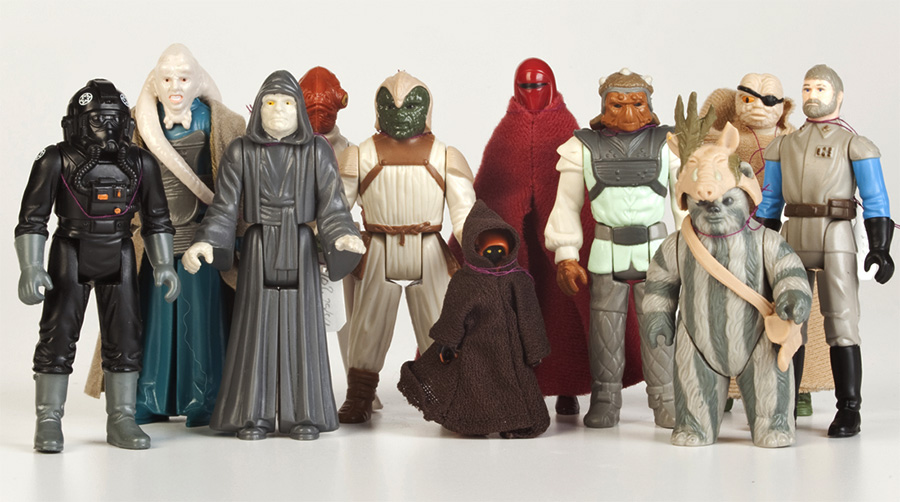
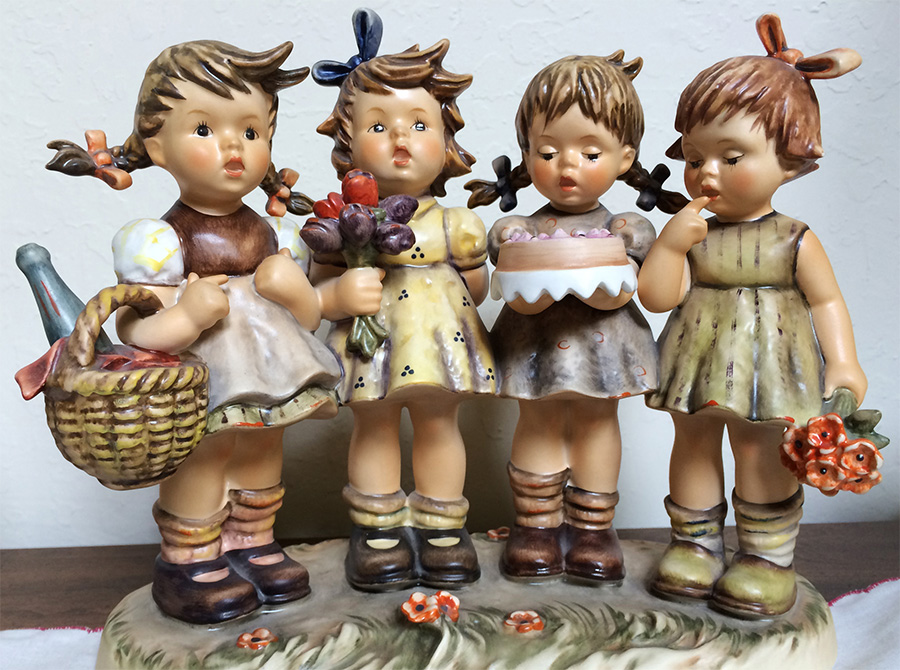
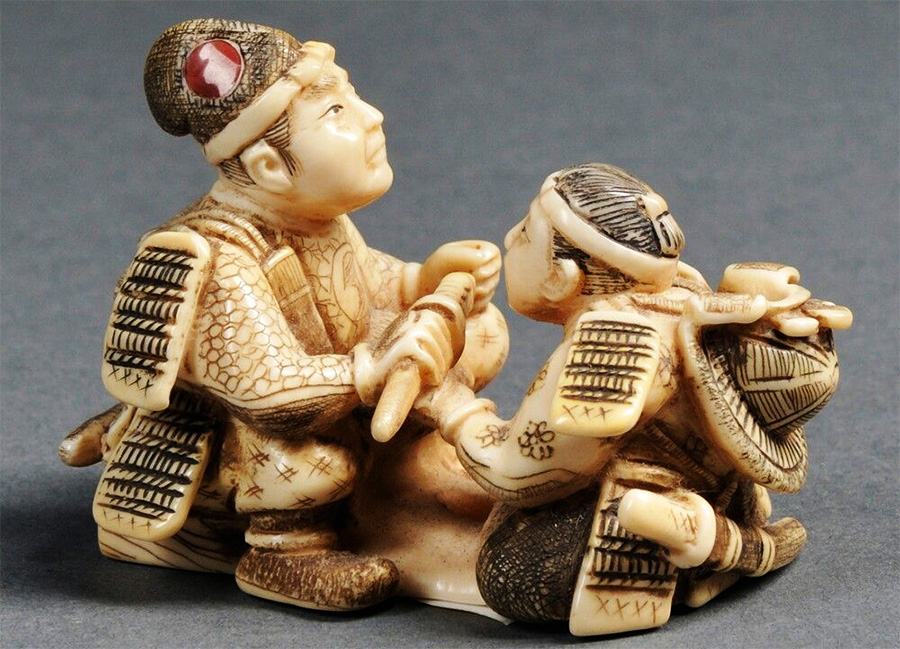
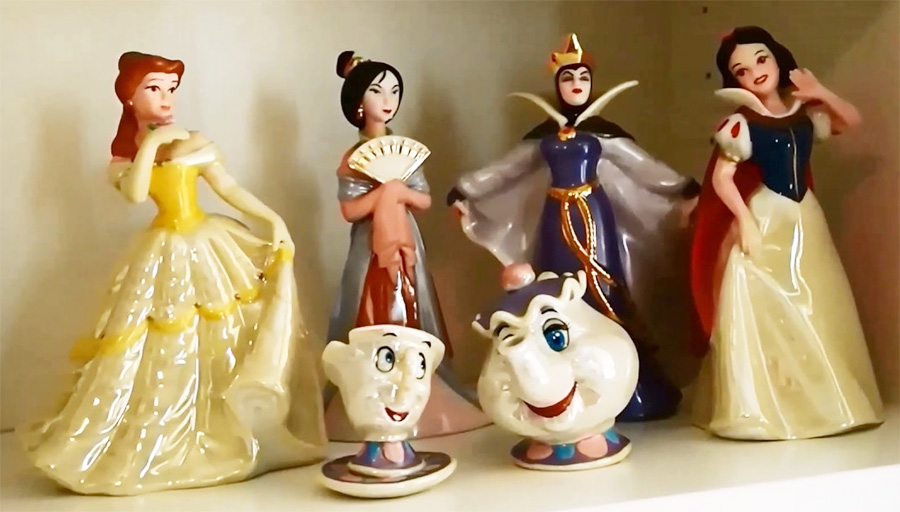
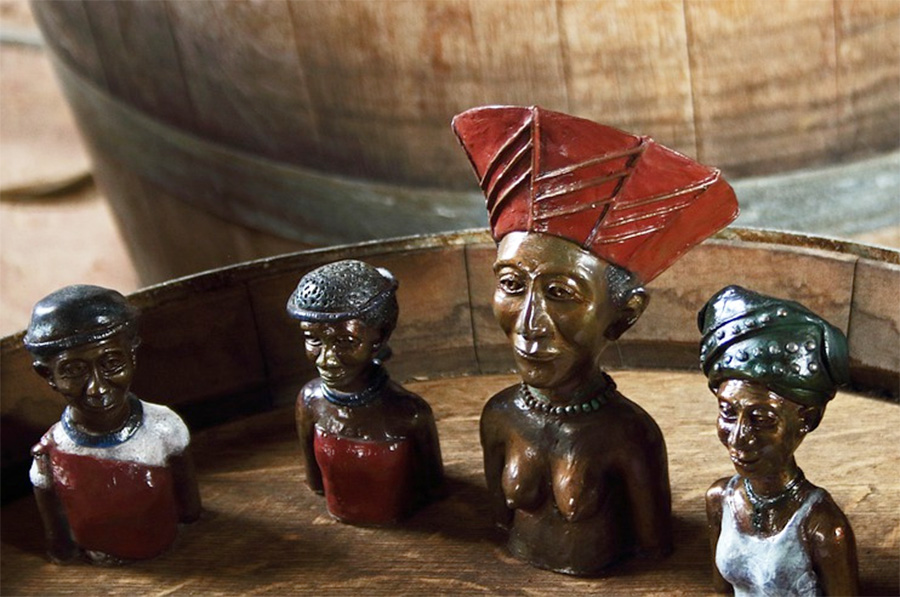


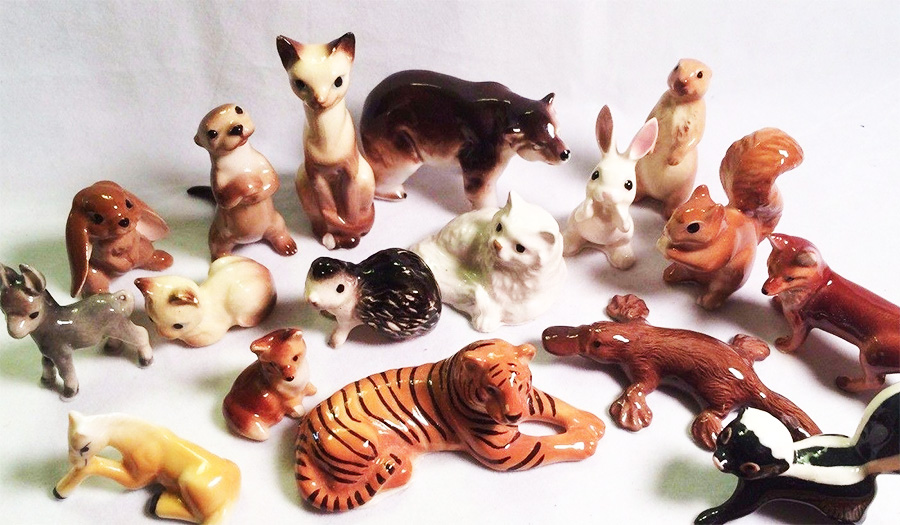

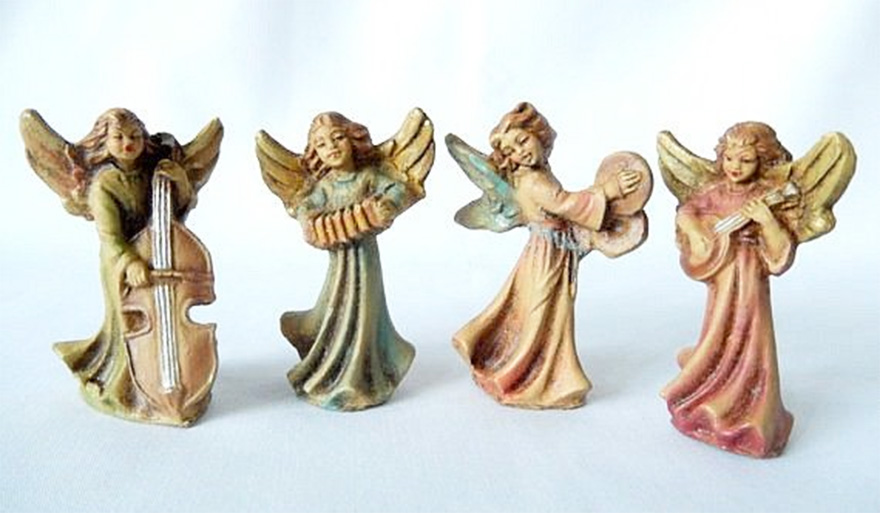
Leave a Reply